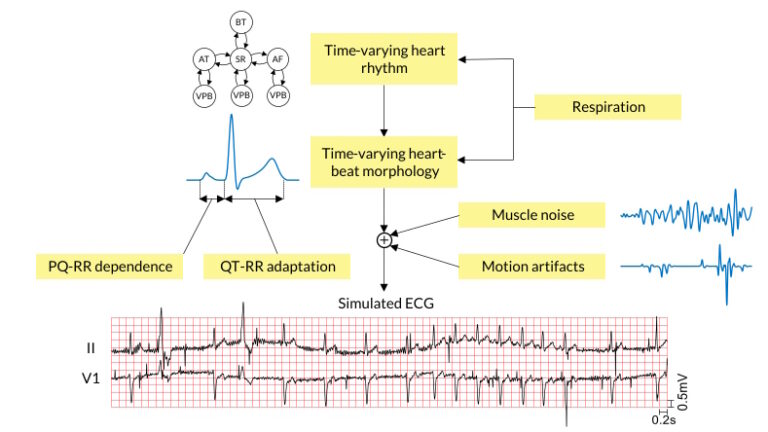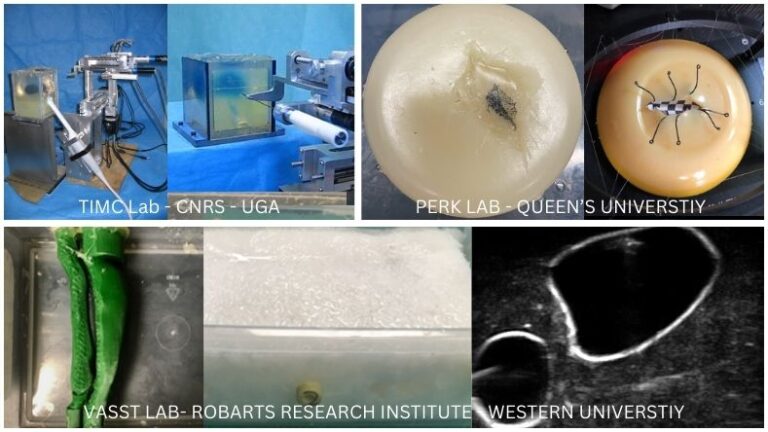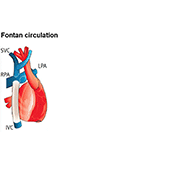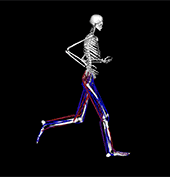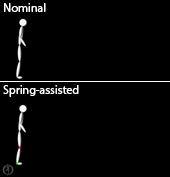ECG Modeling for Simulation of Arrhythmias in Time-Varying Conditions
https://www.embs.org/tbme/wp-content/uploads/sites/19/2023/11/TBME-00173-2023-Website-Image.jpg
789
444
IEEE Transactions on Biomedical Engineering (TBME)
//www.embs.org/tbme/wp-content/uploads/sites/19/2022/06/ieee-tbme-logo2x.png
Statistical, time–varying modeling of arrhythmias, muscle noise, motion artifacts, PQ/QT adaptation, respiration is introduced to increase the complexity of simulated ECGs, well suited for data augmentation in machine learning.
read more

